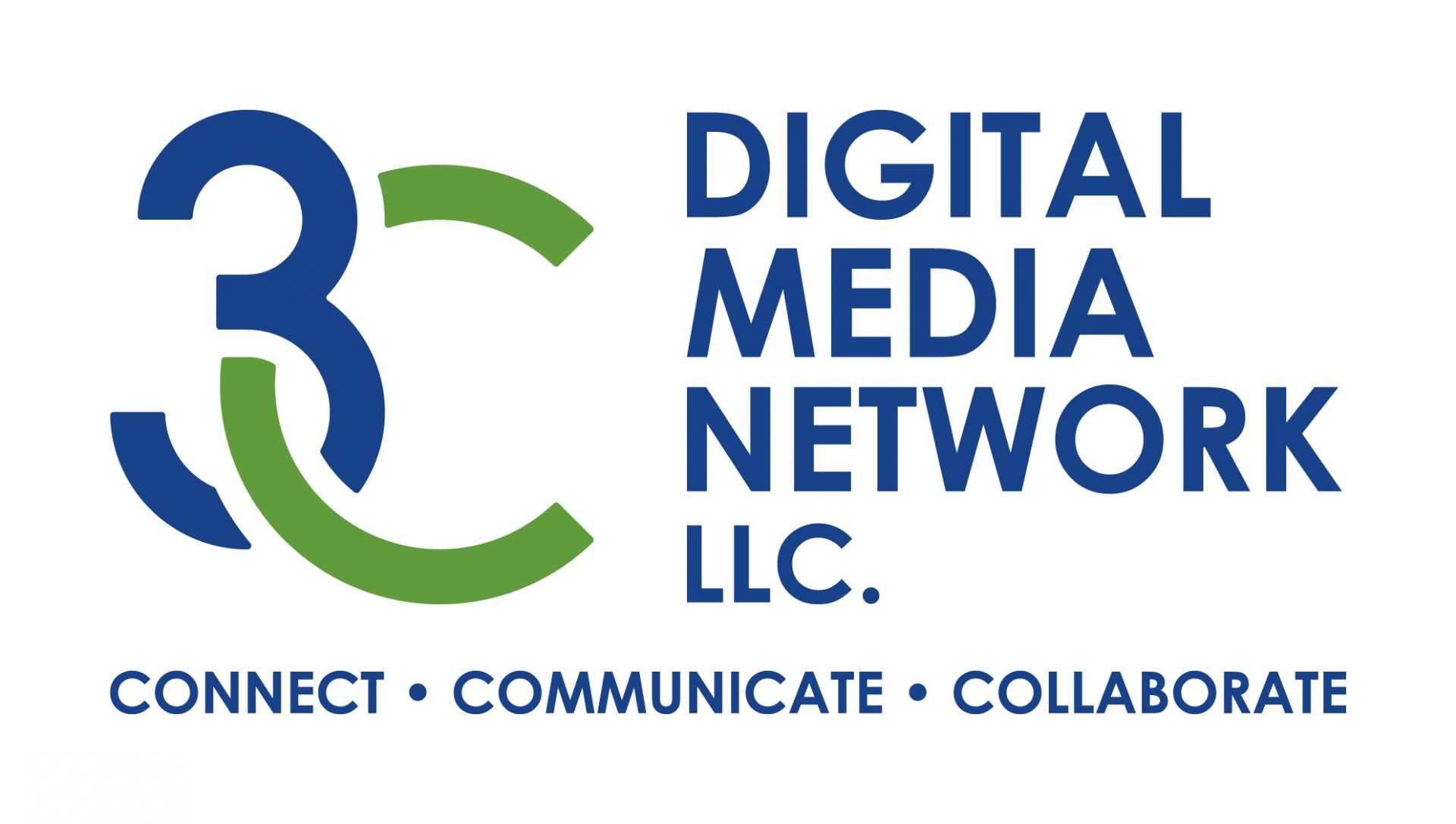Read time: 3 minutes
Yes, I know that was the
longest title ever but I got your attention! Working in a hospital
setting we often hear about discharges. How many were discharged last
month, handovers, discharge summaries, patient’s perception of the discharge
are just a few items that are tracked.
In the outpatient world, discharges are just as important. When the patient leaves your office, do they know what they need to do next? Hospitals and healthcare providers have a responsibility to ensure safety and efficiency when discharging a patient from their care.
Bear with me as I put on
my researcher hat, patients are experiencing adverse events following discharge
due to delayed or absent communication, inaccuracies in information exchange,
and/or ineffective planning or coordination of care between providers
(Hesselink, Schoonhoven, et al., 2013; Hesselink, Vernooij-Dassan, et al., 2013
).
In fact, at least 20% of patients report adverse events following
discharge with at least half of these adverse events could have been prevented.
So what is your discharge or “thank you, goodbye” practice? Here are 5 takeaways to consider:
1) Write
it down!
Discharge instructions should be written down for patient
understanding, not for compliance and insurance companies. Don’t worry
about saving the trees, give the patient the recommendations/plan of care in
writing. And, if you have it available, the patient should be able to
review them at any time on your secure, web-based patient portal that you have
available.
2) Share your instructions/plan of care with
the patient’s medical home, therapists, and those that need to know!
Handoffs are one of the biggest problems in how we care for patients and our
clients that lead to adverse events.
3) Check
for comprehension!
Having the patient repeat back what they heard is
essential. Using techniques like “Teach Back” or motivational
interviewing are great ways to check for comprehension.
4) Make
the discharge follow-up phone call!
Multiple studies show that if a simple
phone call is made within 48 hours of the patient being seen or discharged from
the hospital, it is a win-win for everyone involved. For outpatients, not
only will you keep that person as a patient; you will get more referrals due to
having a happy customer. For hospitals, research shows reduced
readmission rates and significant cost savings!
5) Own
the discharge process!
When the patient leaves your practice/hospital,
everyone who directly and indirectly touched that patient needs to own the
process. Does the patient know when to return? Does the patient
know who to contact if they have problems? Will the patient tell a friend
about the great experience they had?
Are you already doing these five simple things to keep patients safe? If not, consider one of these for your next PDSA.
References:
- Hesselink, G., Schoonhoven, L., Plas, M., Wollersheim, H., & Vernooij-Dassan, M. (2013). Quality and safety of hospital discharge: A study on experiences and perceptions of patients, relatives and care providers. International Journal for Quality in Health Care, 25(1), 66-74.
- Hesselink, G., Vernooij-Dassan, M., Pijnenborg, L., Barach, P., Gademanm, P., Dudzik-Urbaniak, E.,…Wollersheim, H. (2013). Organizational culture: An important context for addressing and improving hospital to community patient discharge. Medical Care, 51(1), 90-98.
For more information
about teach back, visit:
For more information
about motivational interviewing, visit:
For more information
about discharge phone calls, visit:

